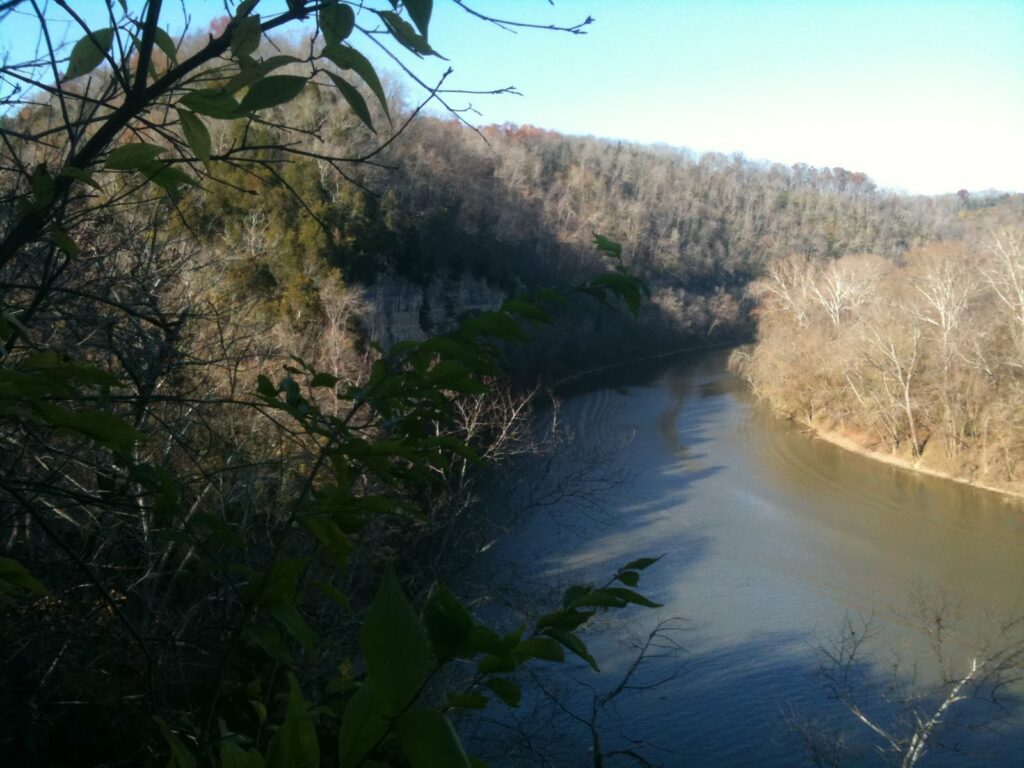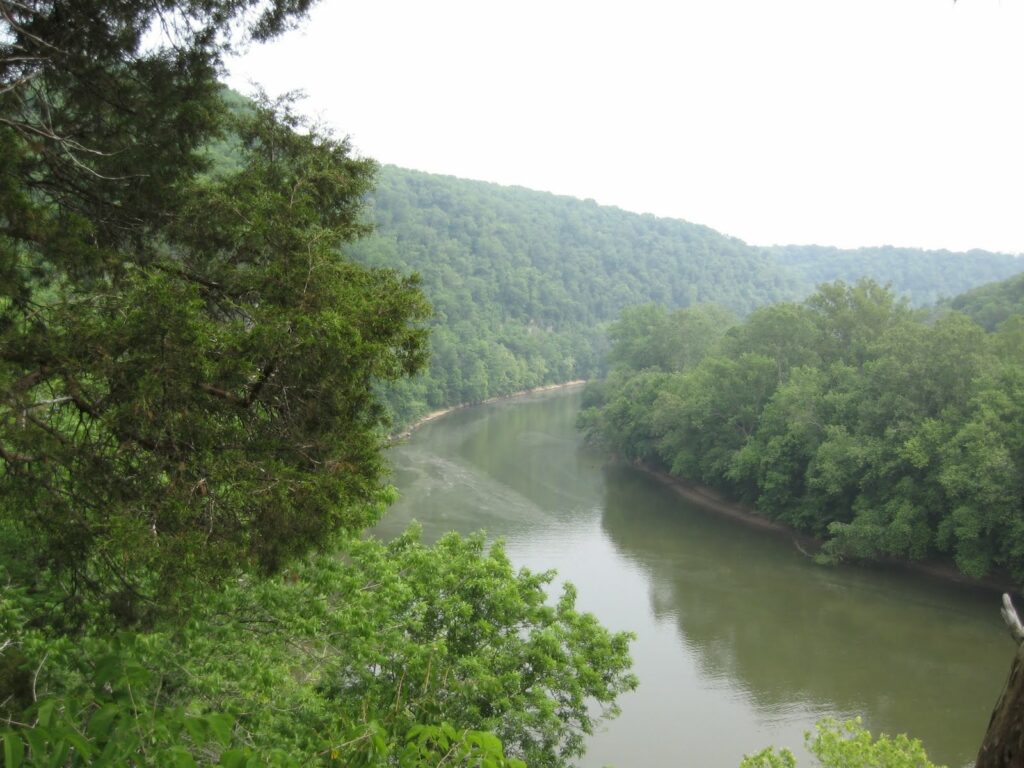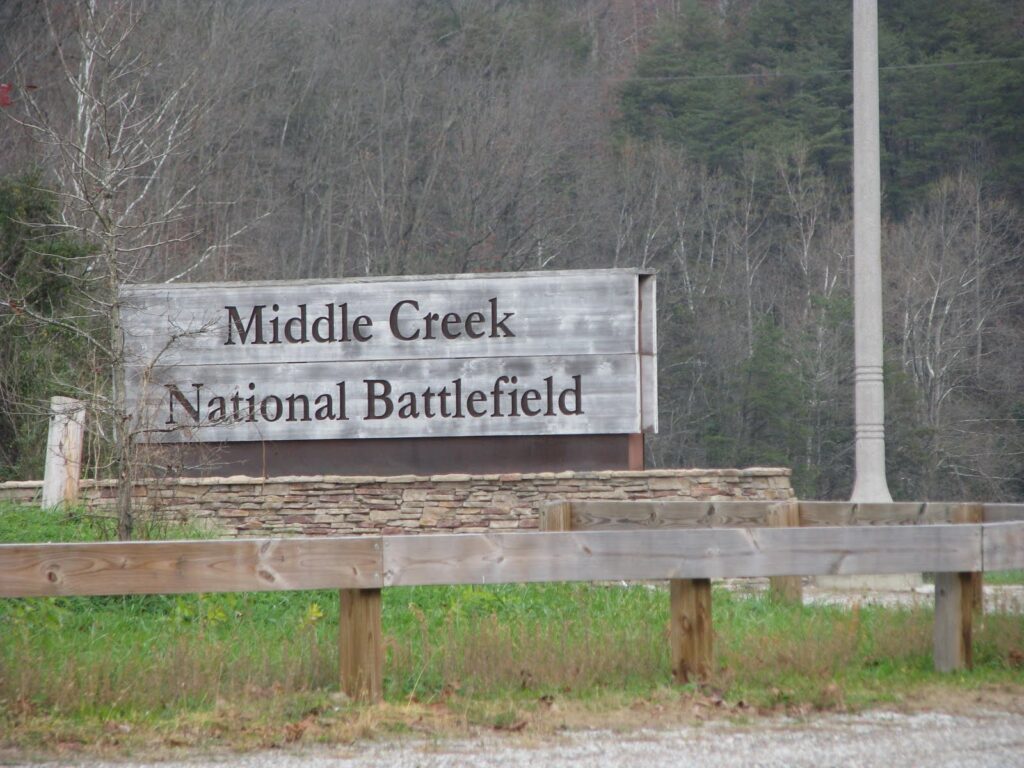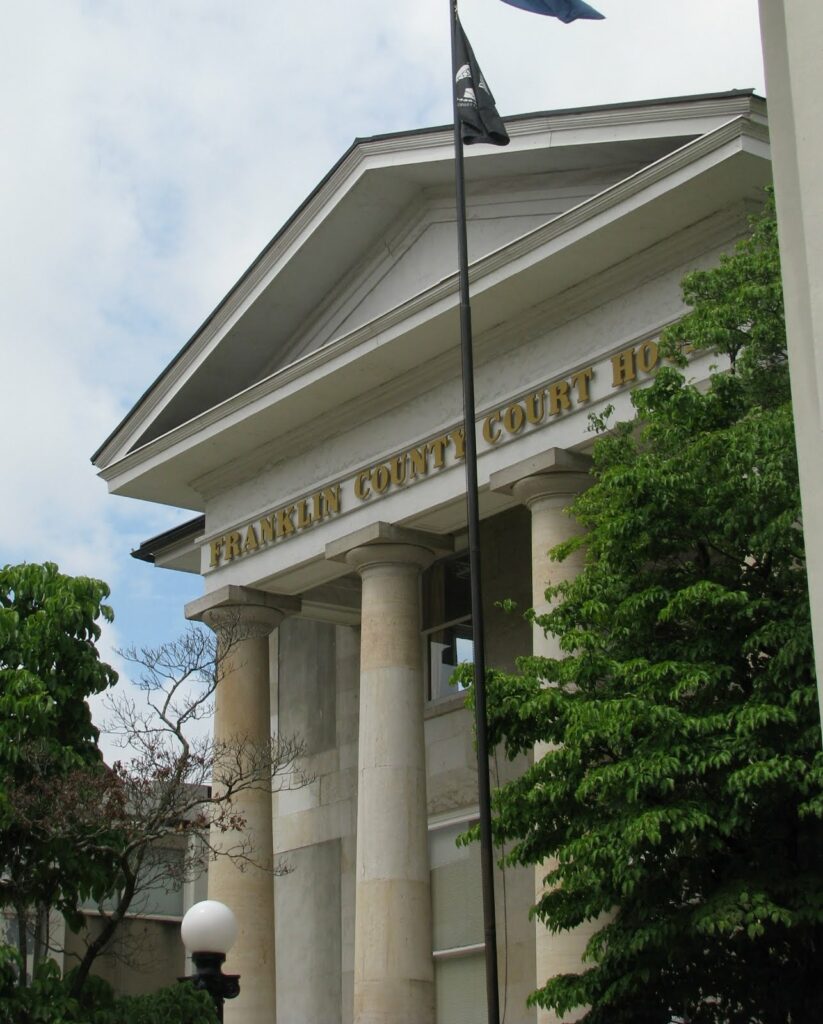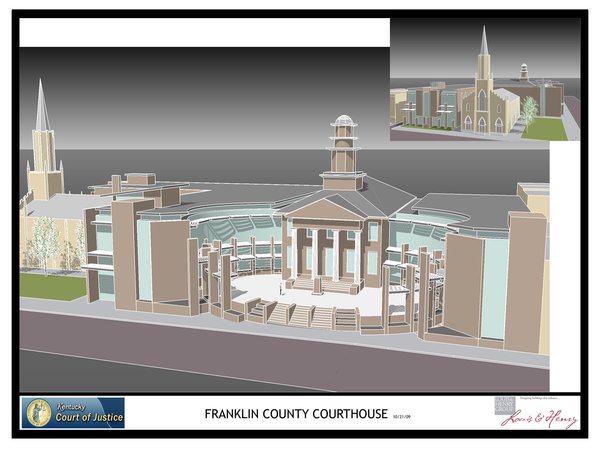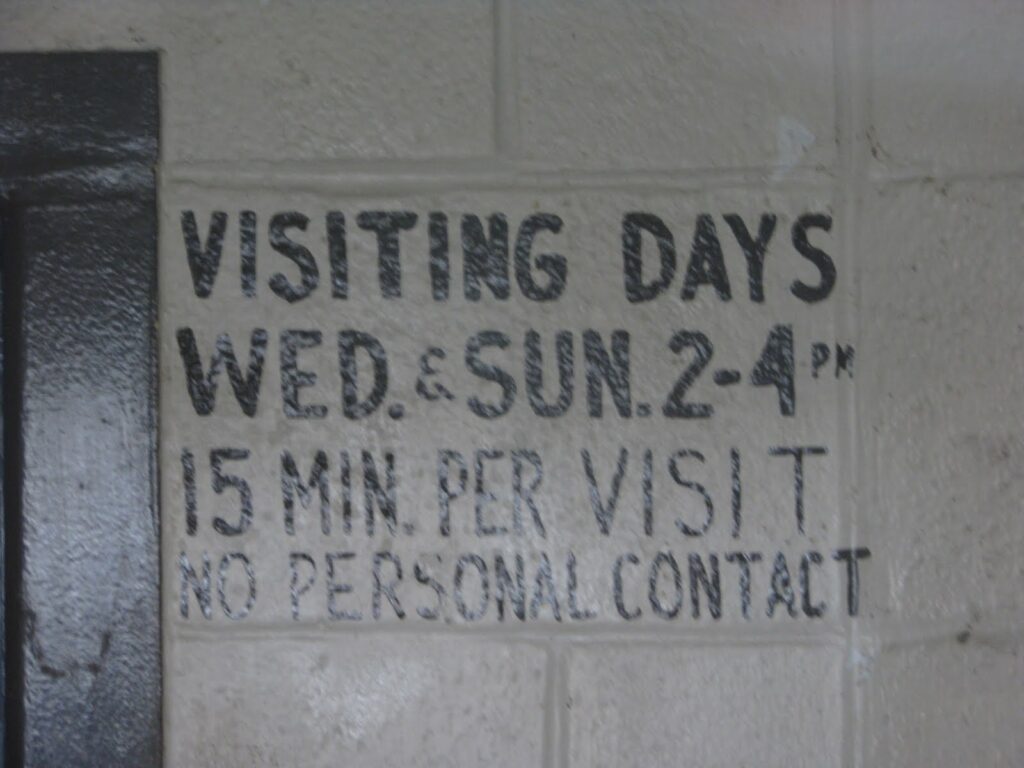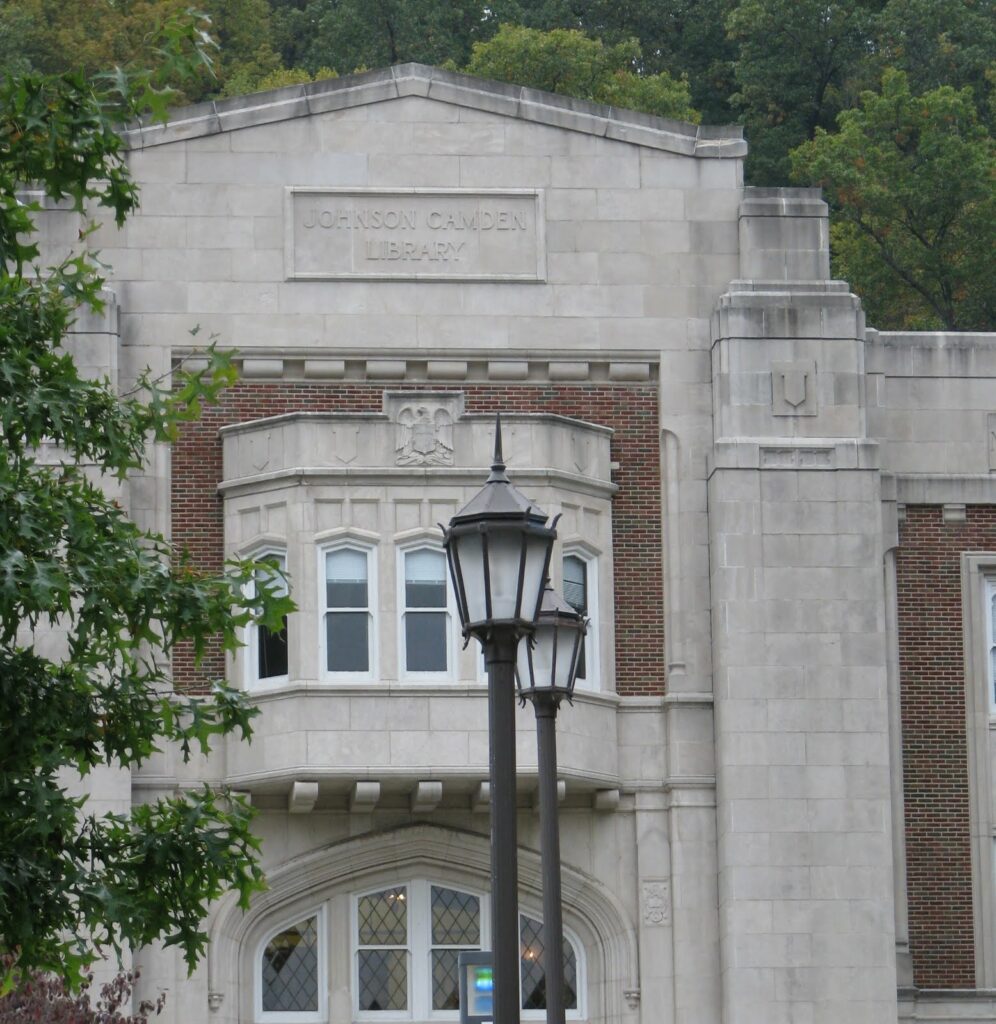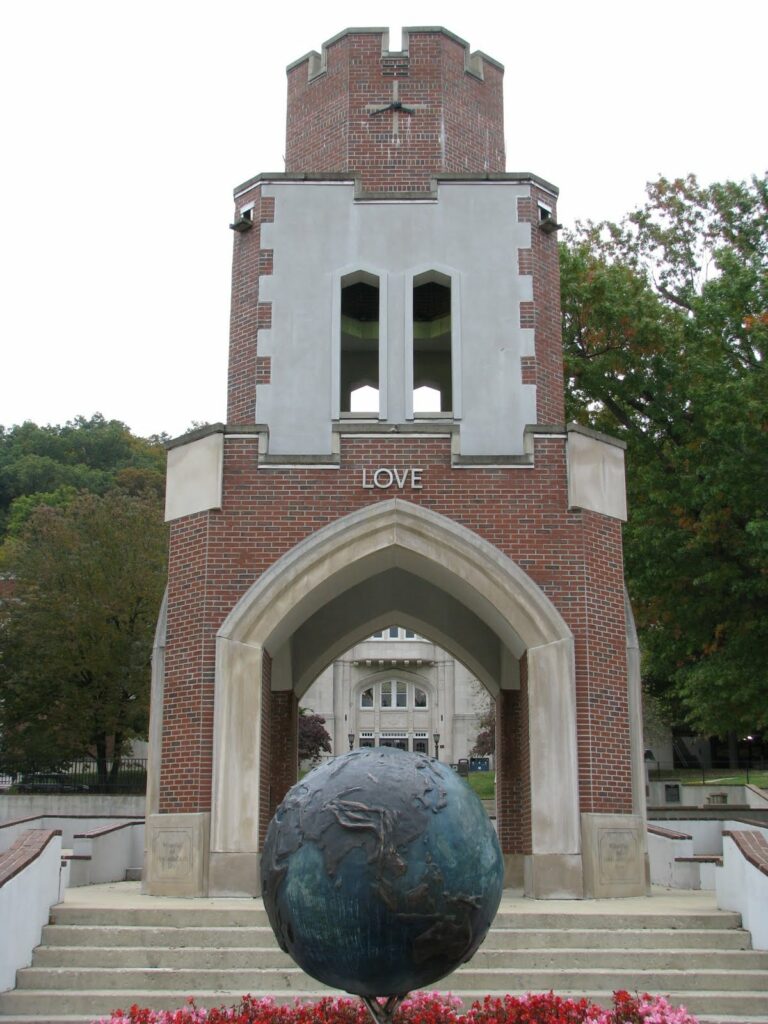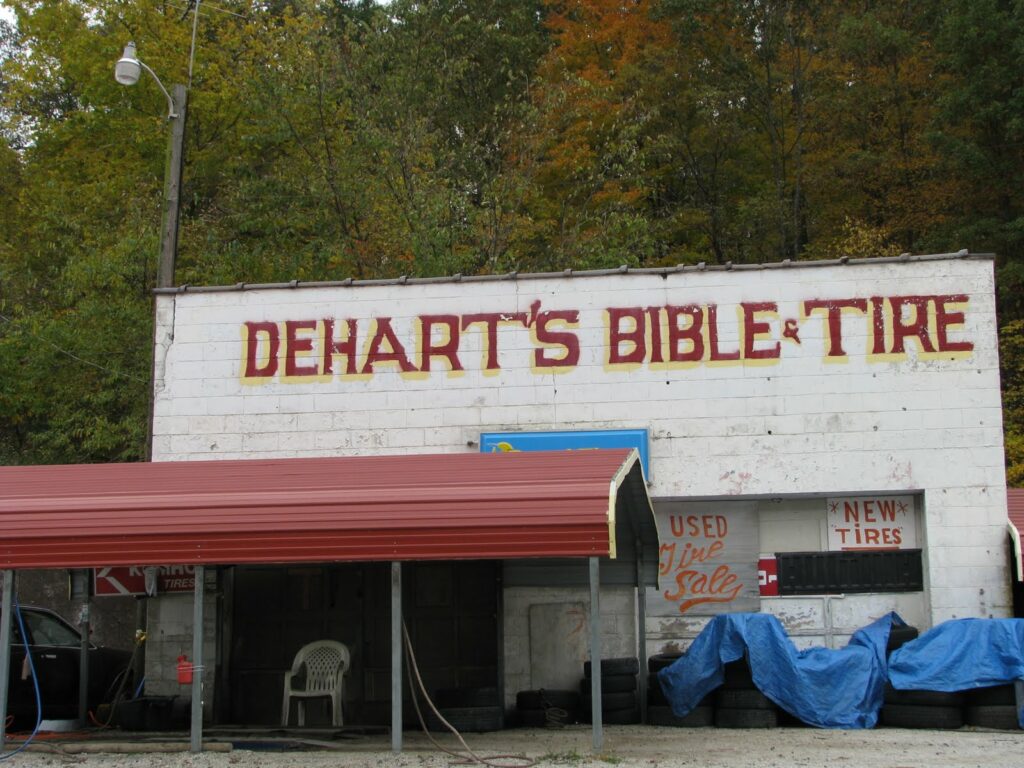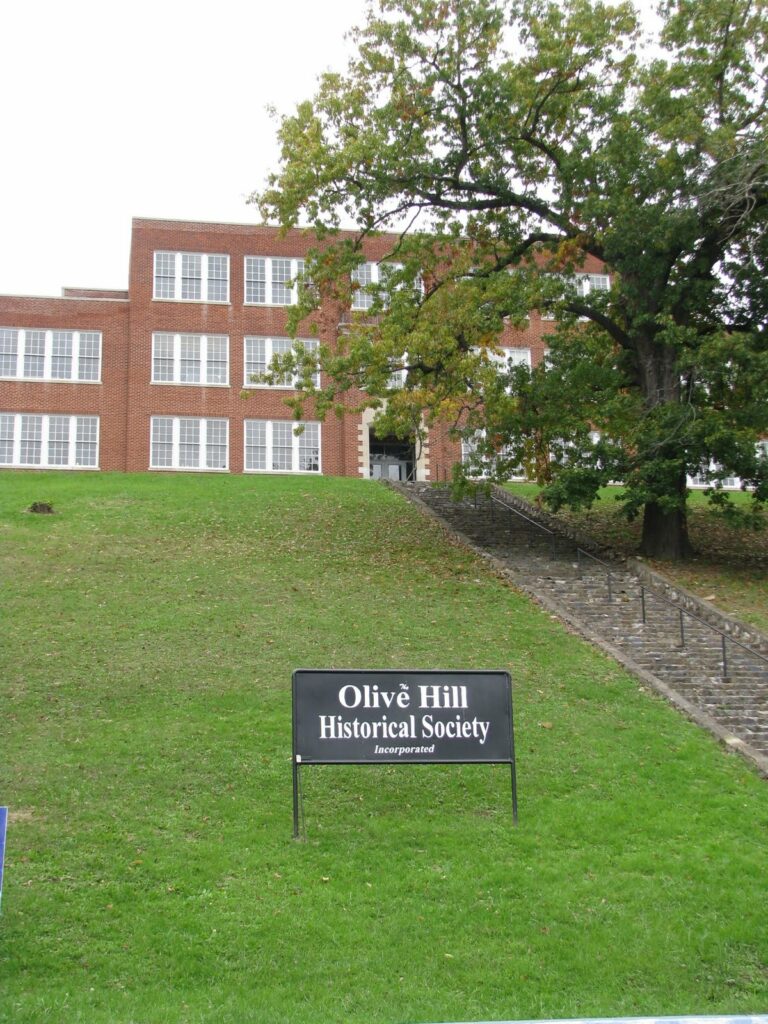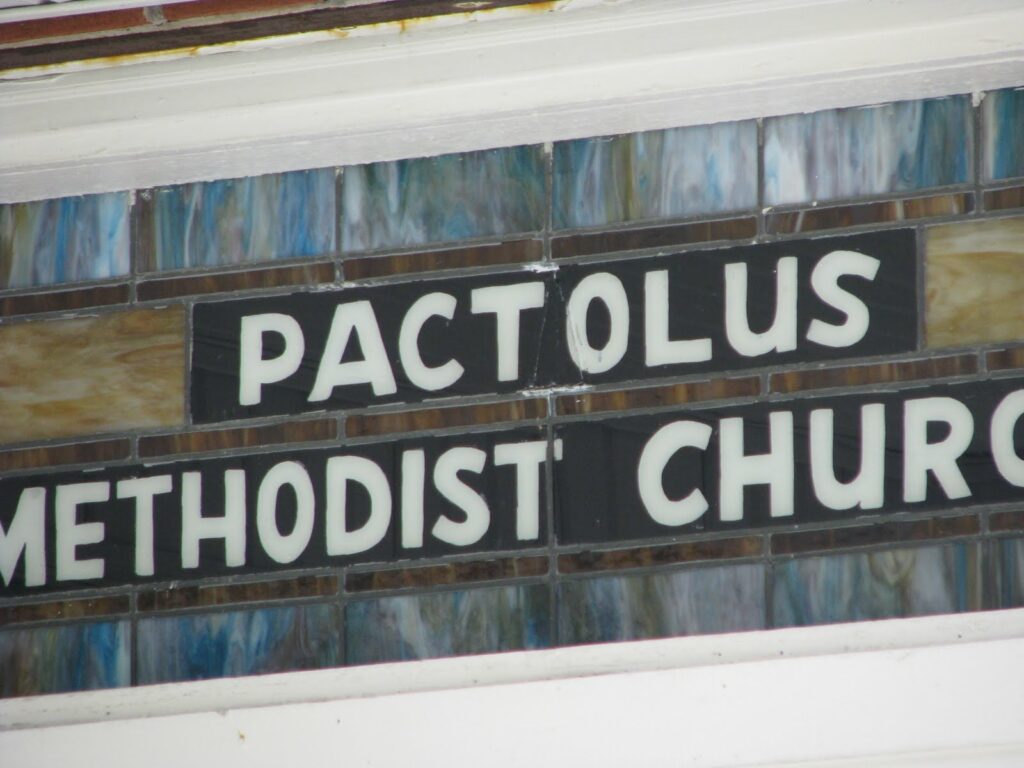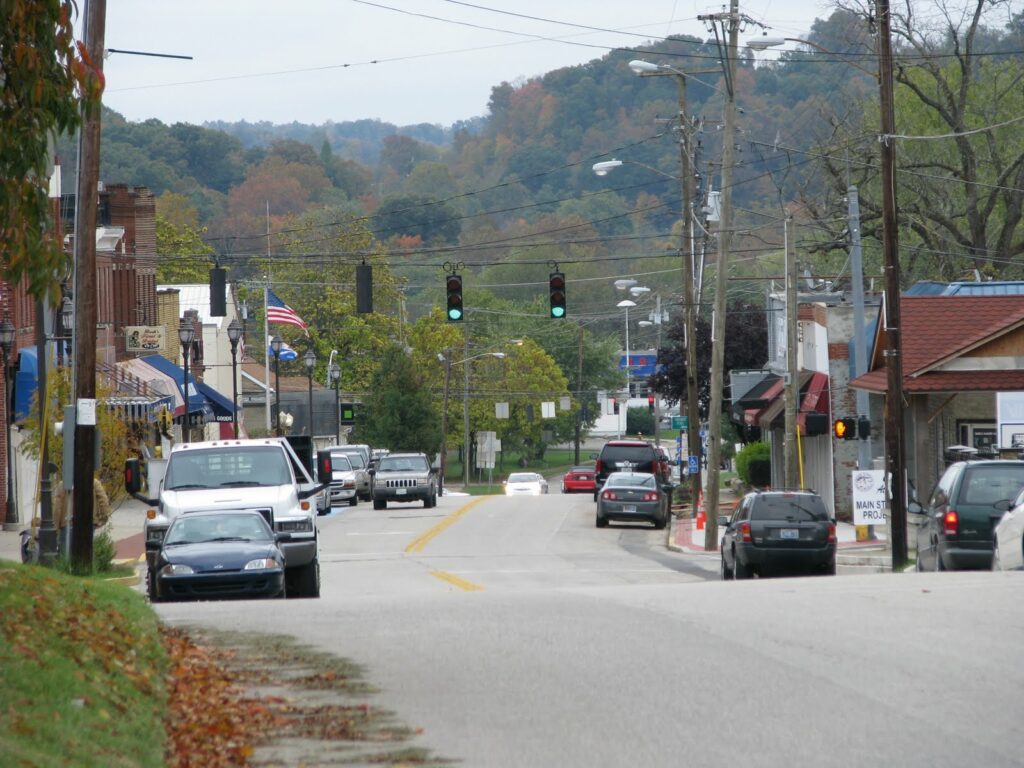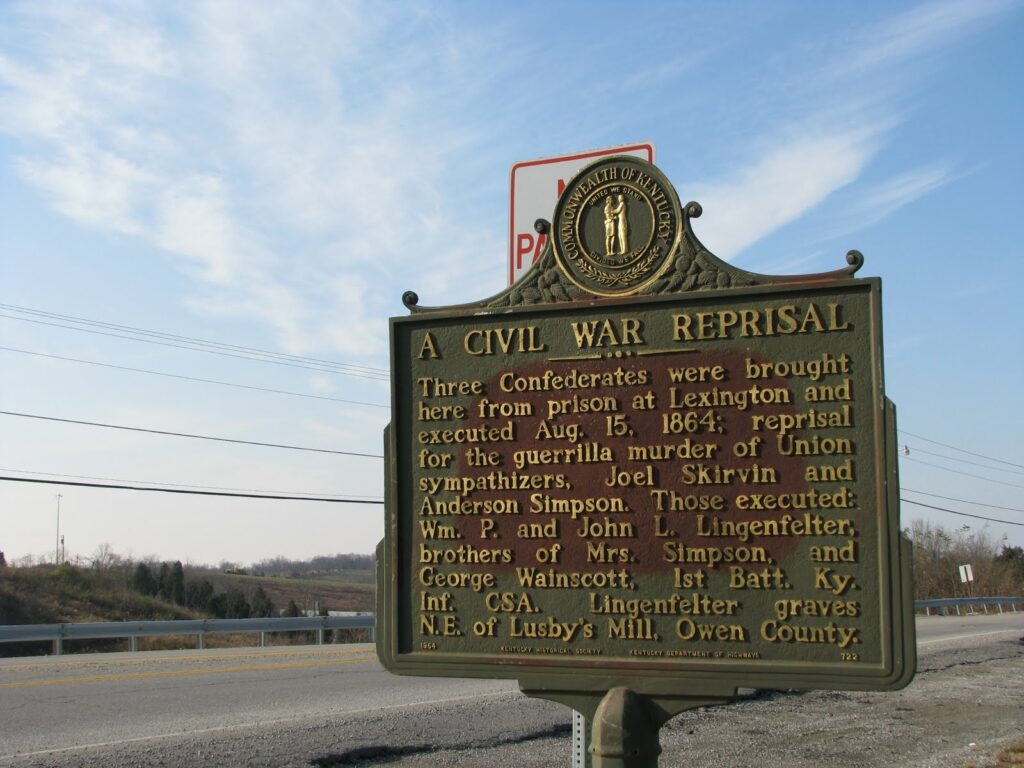
Driving north to Pittsburgh, Pa., I found myself needing to refuel. I was not anticipating my fuel stop a possibility for NoDestination, but as I stood putting 87-octane into my car I noticed a historic marker in the lawn between the Shell station and the KY-36. I suppose the moral of this story is that you never know when you might see something worthy of visiting and that you should always take the opportunity to inquire.
Marker #725 “A Civil War Reprisal” tells the tale of an Aug. 1864 execution of three Confederates in retaliation for the guerilla murder of two Union sympathizers. Interestingly, the three were held in Lexington prior to their execution but were brought to the Owen/Grant County area (home of their victims) to be executed. According to E. Polk Johnson’s 1912 A History of Kentucky, the executions were performed by firing squad.

